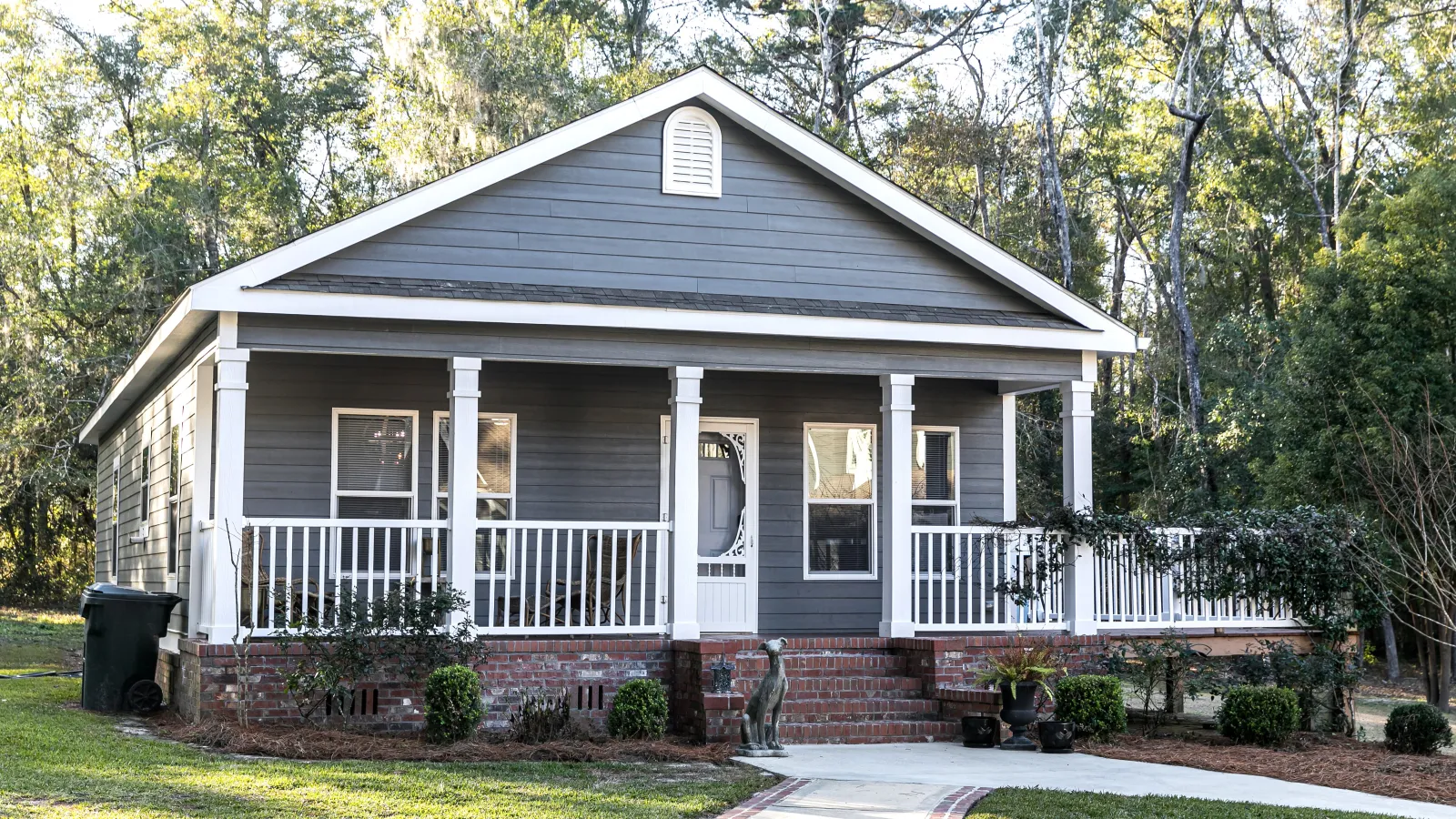When you're a first-time homeowner, it's easy to overlook what seem to be "minor" details, like insulation. We get it; out of sight, out of mind. But, insulation is far more important than you think.
Insulation is material used to keep heat and sound in or out of your home and is often found in walls and ceilings. R-Value describes the effectiveness of the insulation material. Having a properly insulated home will not only save you money on your energy bill but also provide your family with year-round comfort.
How Does Insulation Work?
Let's start with giving you a better understanding of how heat flow works. There are three contributing factors to the science of heat flow: (1) conduction, (2) convection and (3) radiation. Conduction is the process where heat transmits from one substance to another. Think of it this way: when you put a spoon inside of your coffee mug, the heat from the coffee transfers to the spoon. Convection is the way heat circulates through liquids and gasses. You know how the rooms upstairs are sometimes hotter than the ones downstairs? Convection is the reason why they say, "heat rises." Radiant heat emits as particles or waves. Solid materials absorb radiant heat. It's the same idea when your apartment feels hotter because the oven is in use.
Whatever the case may be, remember, heat tends to flow from warmer to cooler spaces. In the winter, heat will travel from all living spaces to unprotected rooms like the attic, garage or basement. In the summer, it transmits from outside into your home. It can also move through your ceilings, walls and floors.
Insulation materials prevent a structure's heat loss by utilizing millions of trapped air pockets. Effective insulation keeps your AC's controlled air indoors and blocks bad weather from penetrating your home. Ultimately, you won't have to run your air conditioning system as often, leaving more money in your pocket when the energy bill comes around.
Choosing Insulation
There a several factors to consider when choosing the right insulation for your home, including structure design, climate, budget, energy costs, when your home was built, etc. We suggest for you to start with R-Value, the measure of how well a building can resist heat flow. The higher the R-Value, the greater the insulating power.
Thoroughly research different types of insulation, all with different pros and cons. Find the four most common forms of home insulation below:
- Foam
- Fiberglass
- Rock and Slag Wool
- Cellulose
First, figure out what parts of your home lack proper insulation. If you're unsure how to determine this, schedule an energy audit with a professional.
The Best Insulation on the Market
USA Premium Foam® Insulation has a 35 percent higher R-Value than traditional forms of insulation. Exclusively developed by USA Insulation, our one-of-a-kind foam also blocks allergens and helps to reduce noise. The foam seals air gaps in the wall, making it even harder for air to flow through. It even improves a building's fire-resistance rating by 50 to 150 percent, the highest rating an insulation product can receive for residential and commercial applications. All of these factors mean your home will be more energy efficient, increasing its overall value.
If you're looking to re-insulate your home, do it with America's favorite home insulation brand, USA Insulation.



